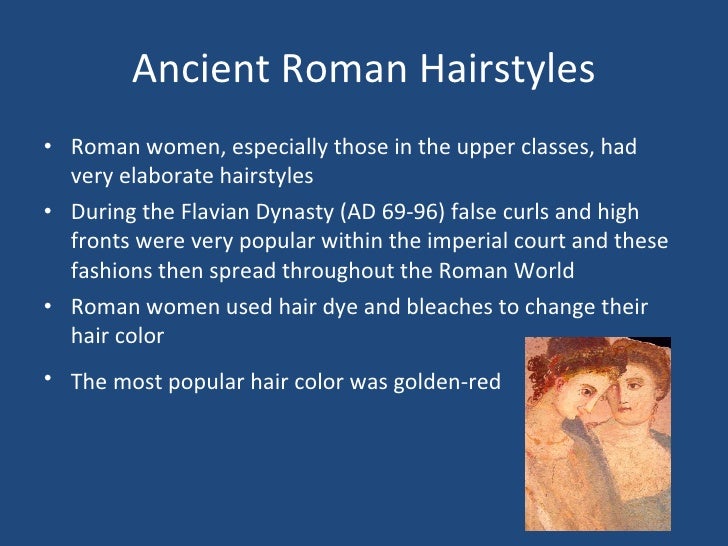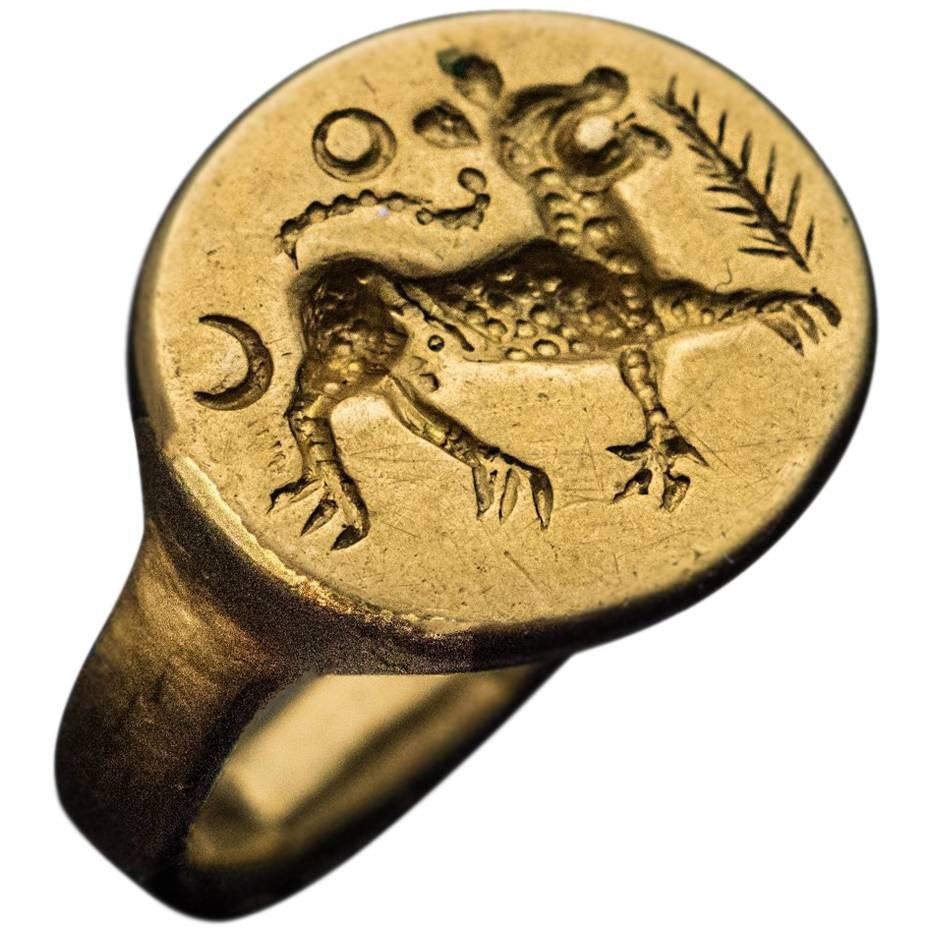
The native language of the Romans was Latin. Its influence can be seen in this Latin Bible from 1407. The language of Rome has influenced many cultures. A pound of silk, at that time, cost a pound of gold. Many ships carried food others carried pearls, pepper, cotton, cinnamon, and silk. They could travel 100 miles (160 km) a day. They also used these for drinking water.īig ships called quinqueremes had 300 people to row with oars. They thought they were better than the "useless" Egyptian pyramids. The Romans were very proud of their aqueducts. They were so well built that some are still used. There were even underground passageways to get to places more easily. Besides the hot water rooms and cold water rooms, there were gardens, stadiums, art galleries, libraries, and places to eat. The public baths were used not only for bathing. At first, cold clams and oysters were eaten for dessert, but later people ate them at the beginning of a meal instead.

People enjoyed eating grapes for dessert. If visitors were invited to dinner, slaves were sent to bring them on time, because water clocks did not always work the same. One emperor served 22 courses at his dinner parties. They usually ate from three to ten hours. Rich people ate dinner before four in the afternoon.

Breakfast was usually not eaten and, for lunch, leftovers were used. Meat, especially beef, was usually not eaten. Poor people ate vegetables, fish, salt, cheese, fruits, nuts, and olive oil. Buckets of water were used to put out fires, though many times it did not work. Sometimes they could have as many as 200 steps to reach them. Poor people lived in buildings where the top floors were for the poorest. Many rich Romans had two houses, one in the town and one in the country. Hot air warmed the house from a heating system. There was plumbing in some houses and in the public baths, and a sewer system was used. Floors were often made of mosaics, tiles, or marble with lots of different colors. It was decorated with fountains, plants, and flowers.

In the center there was a court with a garden. Small rooms were used as living and dining places. In this one room the family slept, ate, and had visitors. In the Imperial Age, the poorer Roman houses were built of sun-dried brick. Many Romans continued to worship the old gods. He moved the capital of the empire to Byzantium, converted to Christianity, and protected Christians from harm. A great change took place when Constantine I became emperor. However, Christianity still spread in the Roman Empire. Sometimes they were killed by animals for a show. Because Christians worshiped only God and did not join in the festivals to other gods, Romans thought they were unpatriotic. The original Roman religion had many gods, with stories called Roman mythology.Īt the time of the birth of Jesus, the Roman Empire ruled the entire Mediterranean area. Some Greek slaves were teachers who taught their language, or doctors. Other slaves worked in rich homes as doorkeepers, litter-bearers, messengers, or servants. Some slaves were trained to be gladiators for people to watch. Slaves had to work hard and were usually released when they became old. The common citizens were farmers, industrial workers, and the city mob. The equestrians or “equites” were merchants, government builders, and bankers who were usually less rich. The aristocrat class had about 300 families, mostly senators.

There were four classes of people in Rome: the aristocrats, the equestrians, the common citizens, and the slaves.


 0 kommentar(er)
0 kommentar(er)
